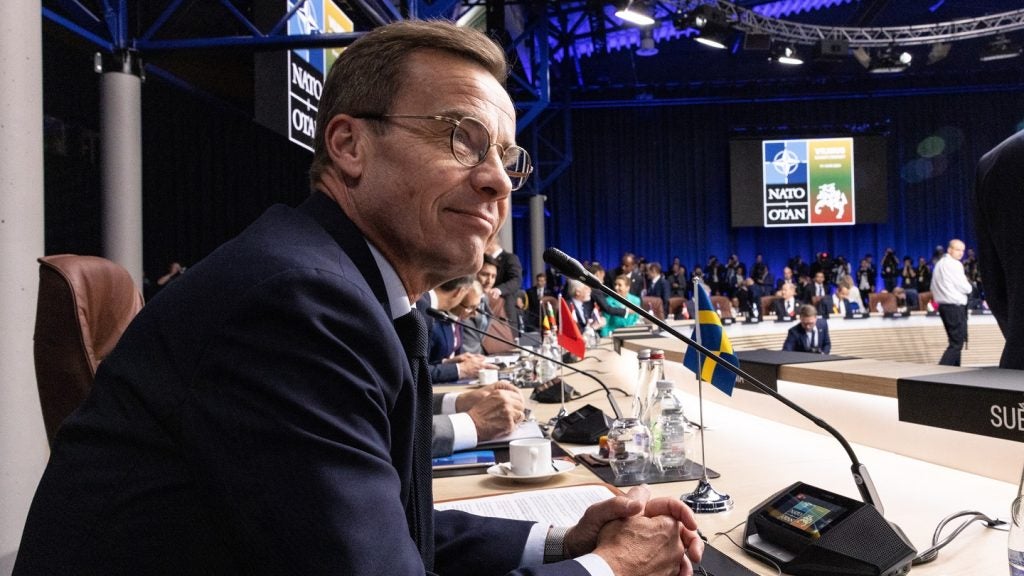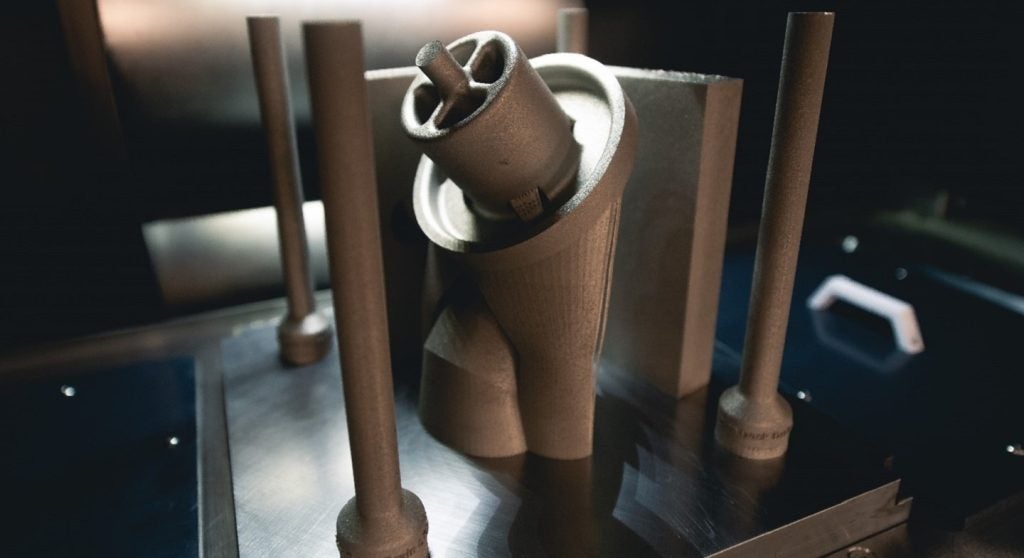Sweden appears to be lining up a possible 71% increase in military-specific appropriations for the development, procurement, replenishment, and phasing out of defence materiel over the coming 12 months, increasing by Skr20bn ($2.5bn) from Skr28bn currently to Skr48bn in 2024.
The figures came to light in a release published by the Swedish Government on 22 September, outlining key national spending areas from 2023-2024. Contained in the Swedish Ministry of Defence’s (MoD) proposed budget initiatives for 2024 was a commitment to the increase in defence appropriations for what effects to force sustainment and modernisation.
According to the release the appropriation “will also fund intended updates to technical capabilities and performance, which includes extending materiel service life”.
In addition, the appropriation “may be used to fund initial procurements of readiness supplies and procurements aimed at increasing minimum stockpiles of readiness supplies. This appropriation funds any reorganisation and phasing out costs that may arise within the framework of ongoing restructuring of logistics and defence materiel supply, and research and development.”
Other defence initiatives earmarked for increased appropriations requests include areas such as officer training, for which an additional Skr25m will be sought in 2024, rising to Skr38m for 2025 and Skr50m for 2026. The increased need for officer training was attributed to the growth in size of the Swedish military, along with staffing responsibilities should Sweden’s Nato accession be completed.
Outlined in the earlier Budget Bill for 2024, published on 11 September, Sweden committed to “major investments in defence materiel”, including capabilities such as artillery systems, tactical transport aircraft, new surface combat vessels, continued development and production of JAS 39E Gripen fighters, and Blekinge-class submarines.
Earlier in September Sweden confirmed that it would acquire an additional 48 Archer 155mm self-propelled artillery systems, in part to replace systems donated to Ukraine as well as a battery of 14 sold to the UK, which itself had a need to replace AS90 155mm howitzers it had donated to Kyiv. The first deliveries of Sweden's new Archers are due by 2025.
New figures put Sweden ahead of forecasts
The newly outlined appropriations plan, if met, will see Sweden reach a series of forecast spending targets years ahead of schedule. According to GlobalData’s own assessment of Sweden’s defence spending, published in March this year, the country’s military budget reached $8.7bn in 2023, equating to a 17.3% yearly increase.
Sweden’s Nato aspirations, which are currently uncertain as Turkey holds an effective veto, will require it to reach a defence spend of 2% of GDP. For its part, the Swedish MoD said in the 22 September release that it will meet the Nato 2% benchmark by 2024, although GlobalData forecasts from March projected this target to be met by 2028, with a defence budget of $13.4bn representing a positive 6.2% compound annual growth rate.
Further, GlobalData analysis calculated that in 2023, 32.9% of Sweden’s total defence budget was allocated to acquisition spending. This gave the department $2.9bn to use to acquire both existing platforms and invest in the research and development of horizon technologies and innovation.
The acquisition budget was likely to grow further over the forecast period, both in real terms and in the proportion of the budget it holds. In 2028, the acquisition budget will be $5.9bn, 43.7% of the budget.
Additional reporting by Harry McNeil.











